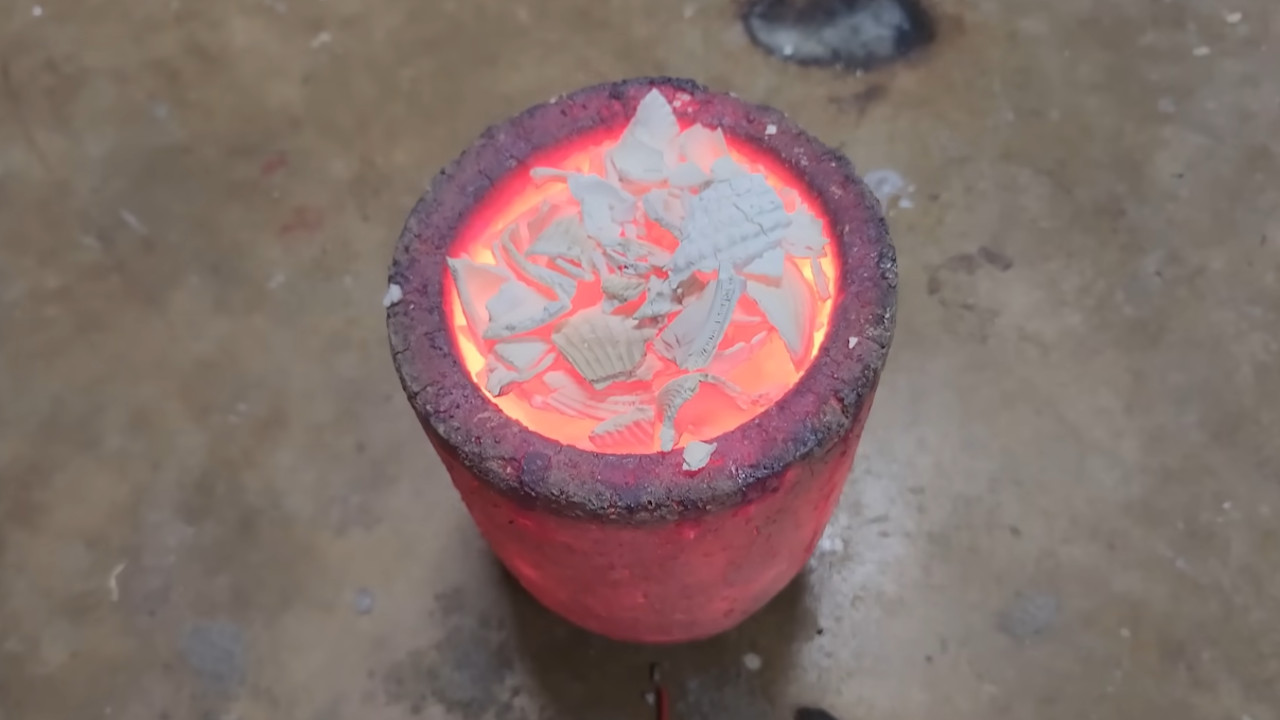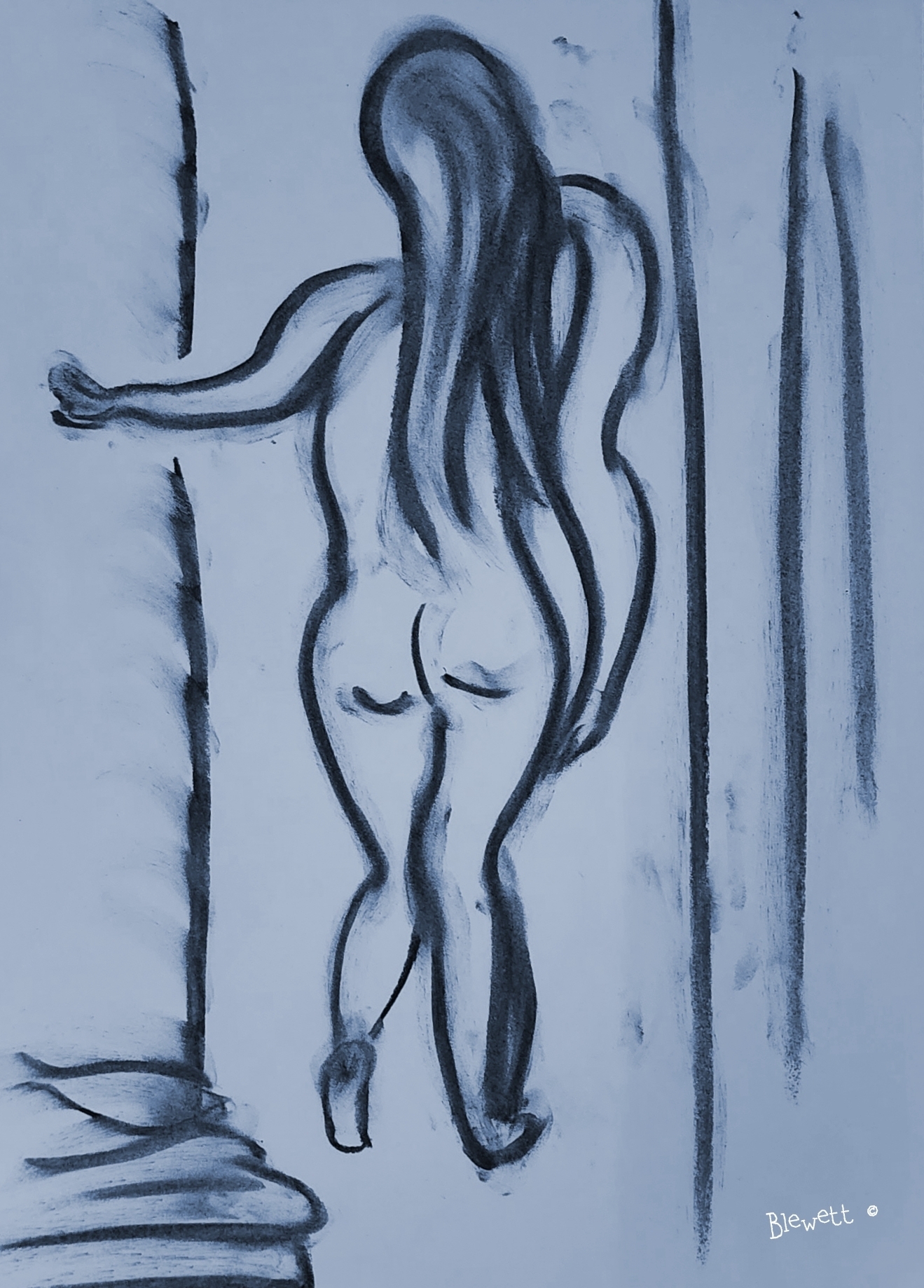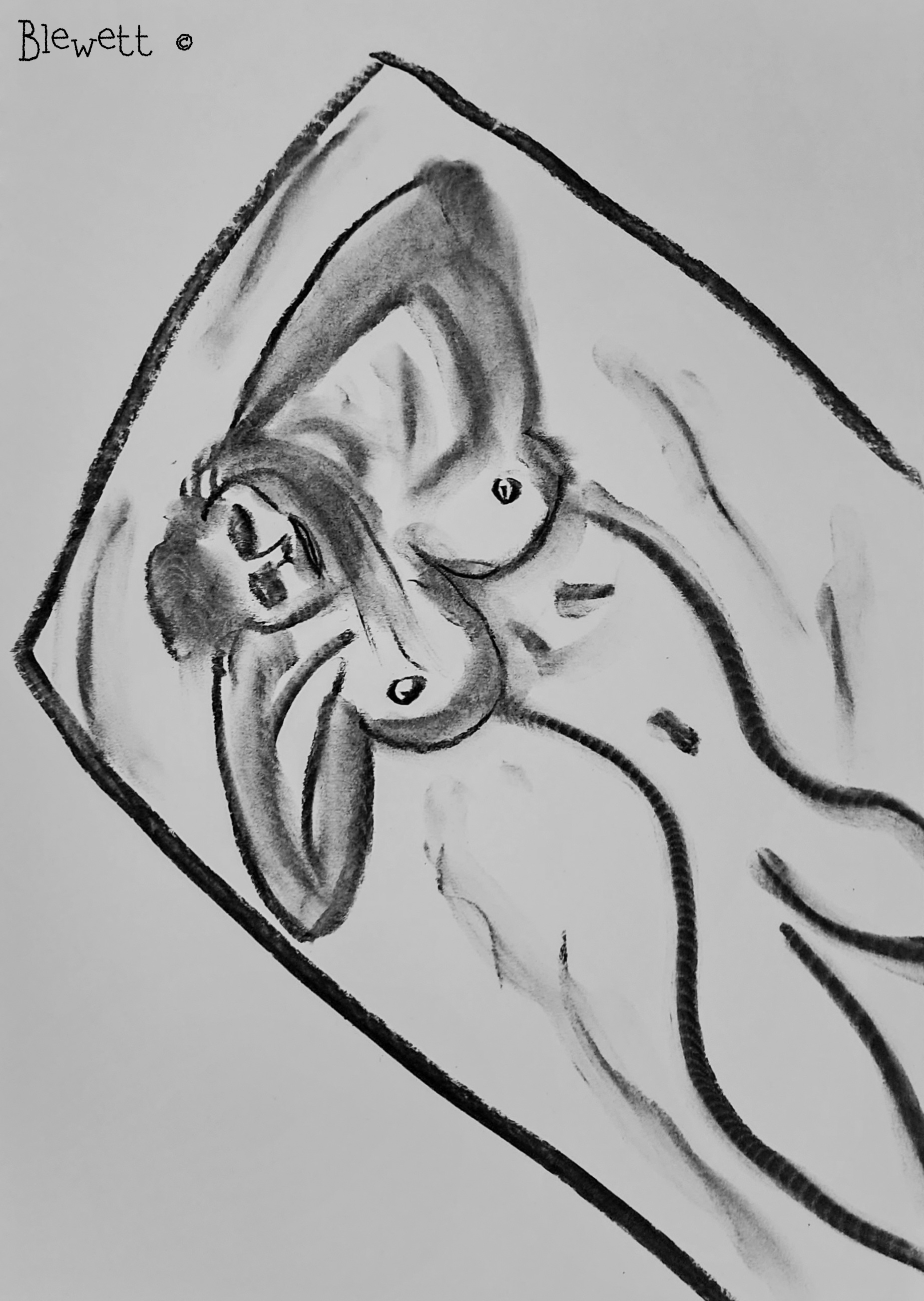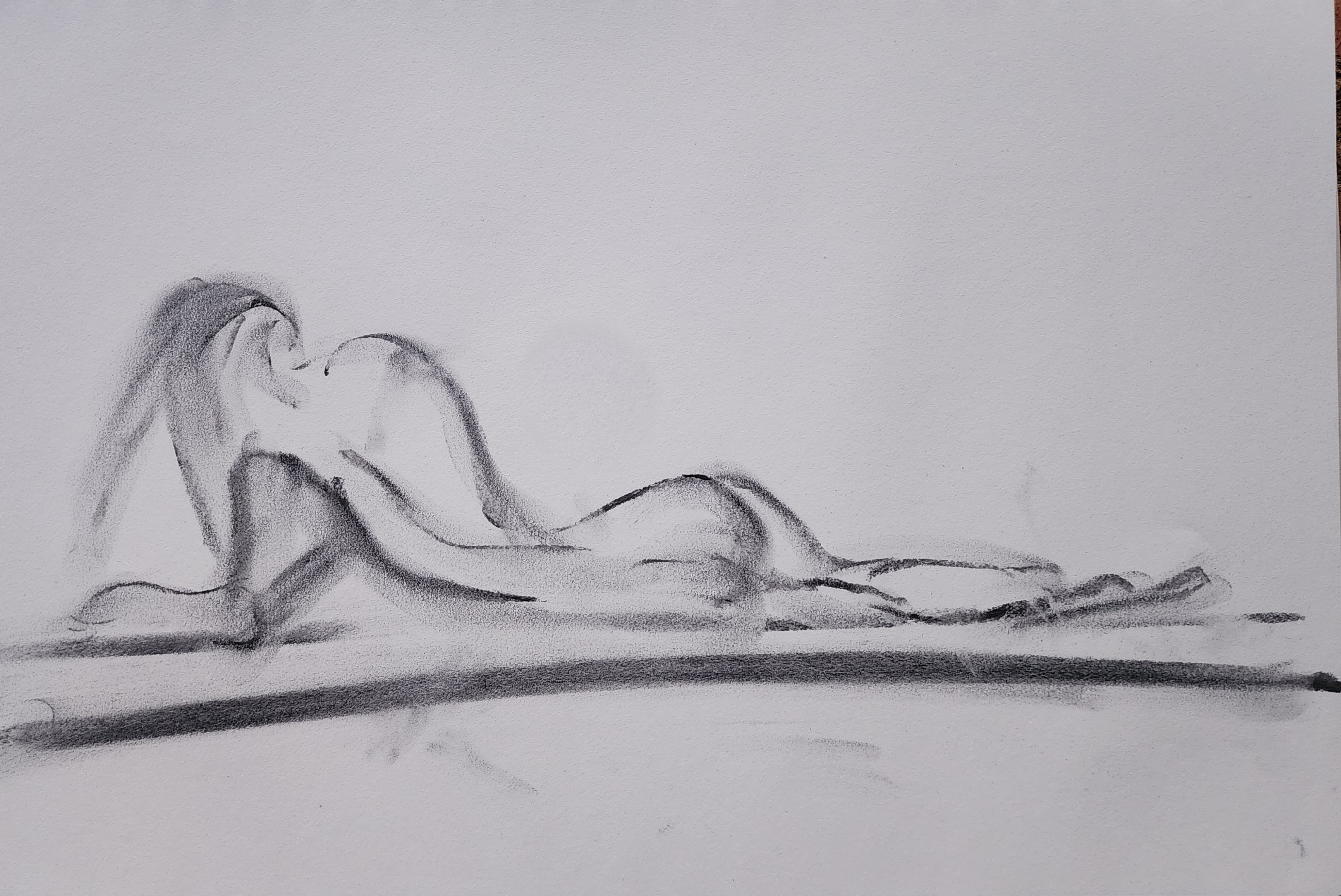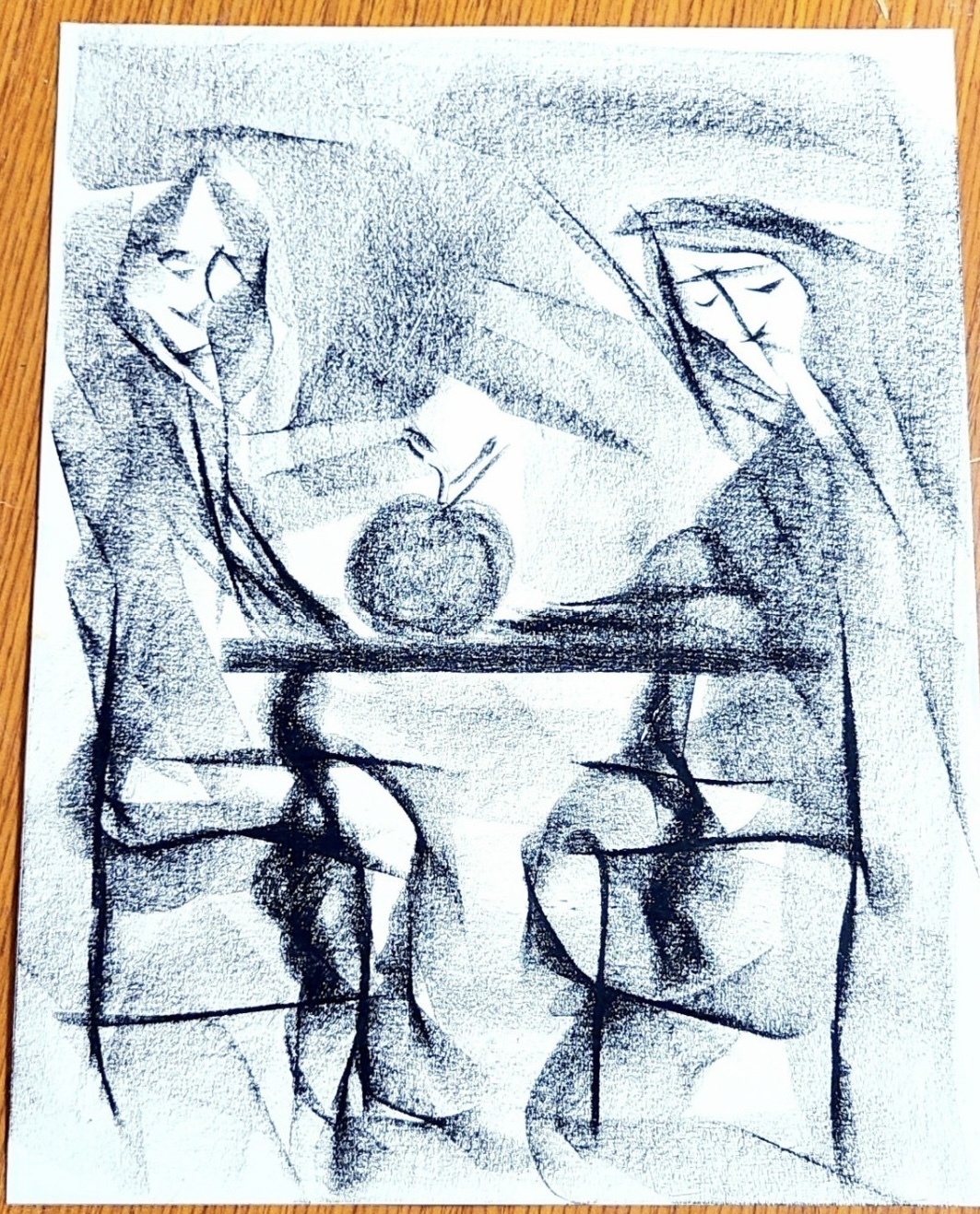3 Likes
#charcoal
https://www.dailymotion.com/video/x91tfai )
Researchers have made a #supercapacitor out of #cement and #carbon black, which is similar to #charcoal.
A supercapacitor is an alternative to a #battery, capable of #storing #energy and releasing it very quickly.
If this new tech is scalable, it could be huge in the effort to shift toward renewable energy.
There’s a well-known problem with renewable energy—it’s not constantly available. The sun can go behind a cloud and deprive solar panels of their power source, or the wind can not blow and render wind turbines completely useless. If we’re ever going to be able to transition entirely to green energy, we need to find a solution that allows us a constant stream of power.
In other words, we need to be able to store energy as we collect it. As a result, there is a whole lot of interest in the development of things like batteries and capacitors, both of which store energy. Make the perfect energy storage container, and you revolutionize the entire energy industry.
Recently, a group of researchers from MIT and Harvard released a new study announcing that they have discovered a new and exciting way to do just that. Well, “new” is an interesting word here. While the combination and the use case is definitely new, the ingredients are old— really old.
The solution to our green energy storage problems could just be cement and carbon black.
“The material is fascinating, because you have the most-used manmade material in the world, cement, that is combined with carbon black, that is a well-known historical material — the Dead Sea Scrolls were written with it,” Admir Masic, one of the authors of the study, said in a press release. “You have these at least two-millennia-old materials that when you combine them in a specific manner you come up with a conductive nanocomposite, and that’s when things get really interesting.”
Related video: Nuclear Fusion Reactor For Cleaner Energy (Dailymotion)
Now, one of those things you’ve almost definitely heard of—the title of “most-used manmade material in the world” is not awarded lightly. And carbon black is basically just very fine charcoal that comes from an incomplete combustion process. So this material is nothing crazy high-tech when you break it down into its constituent parts.
But Masic wasn’t lying when he said that “things get really interesting” when you combine them. Mixed together, cement and carbon black create what is called a supercapacitor—an alternative to a battery that can store a very large amount of electrical energy and release it very quickly on demand.
Carbon black is hydrophobic, meaning it doesn’t mix with water. So, when added to wet cement, it clumps up into strands and voids between pockets of the goopy substance. In doing so, the carbon black—which is also highly conductive—basically forms its own network of wires as the cement hardens. Once that occurs, the entire substance is dunked in an electrolyte like potassium chloride long enough for the material to absorb charged particles.
If you make two electrodes out of this material and separate them with a thin insulator, you have your brand-new rechargeable supercapacitor.
But superconductors have been made before. That’s nothing new. What’s most exciting about this discovery is that it’s basically lightly-altered cement—an incredibly common building material. Because you don’t actually need to add very much carbon black to standard cement to create this supercapacitor, the cement is still strong enough to be used in buildings. You could build the foundation of a house out of this material and be able to store enough energy to power that house for an entire day.
And researchers don’t want to stop there. Another potential application they’re particularly excited about is building roadways. If you basically build a road out of a battery, it could be used to charge electric cars as they pass over top, giving them a little boost to just keep on driving. Different applications would likely need different variants of the material, but it’s all based on the same new tech.
Right now, researchers are excited by the potential and apparent flexibility of that new tech. The next challenge is scaling up, as the team is currently working with a small sample. But if they can get this to work on a practical and useful scale, the sky may be the limit for green energy."
One person like that
One person like that
3 Likes
7 Likes
6 Likes
9 Likes
One person like that
7 Likes
5 Likes
3 Likes
8 Likes

At last shaking up some slumbering #modeldrawing skills during summerbreak. No pupils and time to do my own work
Thanks #frankstoks
#charcoal #art #mywork #sketch
20 Likes
1 Shares
https://www.youtube.com/watch?v=NzgxQysRVtc
#DIY #charcoal for #rainwater #filter
10 Jul 2022 ... We need an old iron barrel and scrap wood to make charcoal. This is DIY charcoal for a rainwater filter.
4 Likes
Journey of Life
by Brandonsart @deviantarts

https://www.deviantart.com/brandonsart7/art/Journey-Of-Life-943638790
17 Likes
1 Comments
8 Likes
1 Shares
12 Likes
4 Comments
18 Likes
2 Comments
1 Shares
3 Likes
